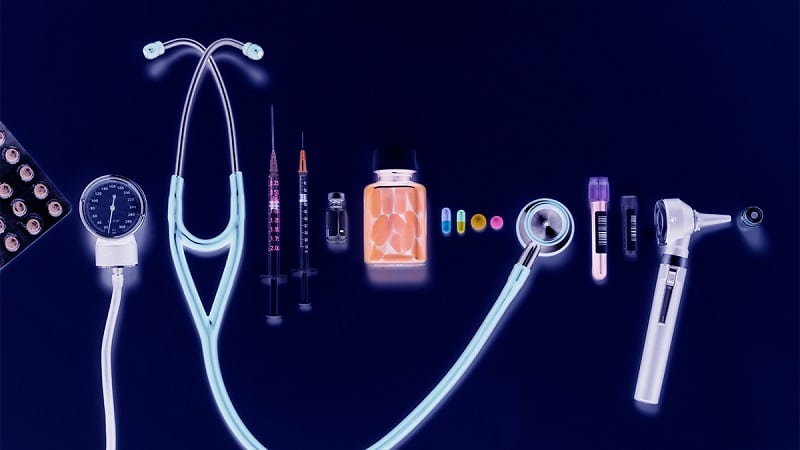
Healthcare organizations rely on tech more than ever today. From electronic health records to wearable monitoring devices, modern technology is invading most aspects of the industry. One area where it has not been heavily adopted but should be is staffing healthcare organizations.
The demand for healthcare continues to increase, as America's population is aging. At the same time, the country is facing physician shortages and shortages in many other areas within this industry. Using technology for healthcare staffing purposes can streamline processes related to hiring and onboarding new staff members.
The entire process becomes more efficient and patient care improves. How can technology help in this area?
Scheduling Improvements

Technology can help a healthcare organization optimize staff scheduling. It does so by taking into account the availability of staff members and their particular skill sets.
In addition, it looks at fluctuations in patient volume and the needs of patients being cared for. With the help of this technology, organizations find they have the right people on hand to complete the tasks that need to be carried out. Understaffing is less of a concern when this technology is used, as are physician burnout and inefficient resource utilization.
Data in Real-Time
With the use of technology, healthcare organizations collect data to improve operations. This data may relate to patient volumes, staff performance, or numerous other areas of concern.
With the data, the organization can determine the optimal staffing levels, figure out where bottlenecks are and how to correct them, and what solutions might be most appropriate when it comes to staffing surpluses or gaps.
Streamlined Talent Acquisition
Many organizations today turn to technology to help with staff recruitment and onboarding. They use applicant tracking systems and online recruitment platforms to streamline the hiring process.
The technology helps with job postings, candidate vetting, and new-hire onboarding. With its use, time-to-hire decreases.
Improved Compliance
Healthcare organizations must ensure workers are credentialed and remain in compliance with all regulatory guidelines. Software programs are used for tracking certifications, licenses, and more.
When using these programs, the organization can keep records up-to-date and access required credentialing information easily when it is needed.
Increased Collaboration
Healthcare workers must communicate and collaborate to provide the highest level of patient care. Doing so becomes easier when technology is used to facilitate the process.
Workers may use video conferencing, messaging apps, and more to share information quickly and respond to rapidly changing situations without delay.
Telehealth
Thanks to the global pandemic, more people are embracing telehealth options today. Healthcare organizations can benefit from this, as telehealth allows for remote staffing solutions.
Secure video conferencing is one way medical professionals can interact with patients remotely, and virtual care platforms are another.
Workforce Satisfaction

Employers can use technology to increase worker satisfaction and retention rates. Data analytics and predictive modeling help organizations identify areas of concern when it comes to staff performance, job satisfaction, and employee turnover.
Once these areas have been identified, solutions can be found to overcome any challenges.
Career Advancement
Healthcare workers must take part in continuous learning to provide the highest level of care. The industry is advancing at a rapid rate, and they must be able to keep up.
Organizations may use technology for online training, webinars, and more to ensure ongoing learning and career development. Employees appreciate having access to these opportunities because the skills they learn will help open more job opportunities for them.
Every healthcare organization needs to use technology today. Doing so helps the organization remain competitive. More importantly, it improves patient care while increasing employee satisfaction. Learn more today to see how it can be of benefit to your healthcare practice, hospital, or clinic.










